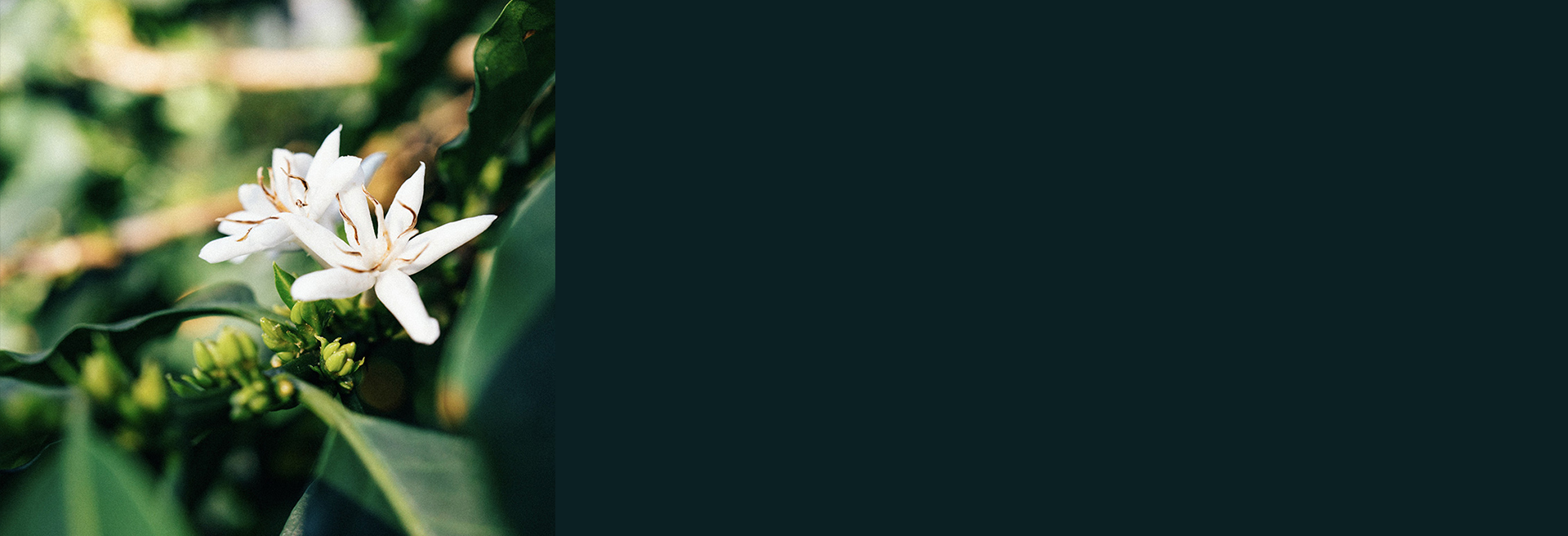Winter break · Next roast Jan. 7
Brazil
Fazenda Santa Hedwirges
Terroir Best Lot
QUALITY SCORE: 84.25
Cup Notes
Plum / Almond / Walnut / Dark chocolate
Suggested for espresso and filter
Santa Hedwirges is the finest selection of coffee, produced in Sul del Minas: a balanced cup full of delicate cocoa and plum notes, combined with the sweetness of almond.
when we roast
We freshly roast to order all coffees on Monday, Wednesday and Friday (excluding national holidays), and ship the same day! Cut-off time is 11:59pm (UTC+1) of the day before the roast day. *We only ship whole beans*
Details
- Quality Score
- 84.25
- Series
- Specialty
- Producer
- Brito Family
- Country
- Brazil
- Terroir
- Sul del Minas
- Altitude
- 900 masl
- Process
- Dry/Natural - Patio
- Arabica cultivar
- Catuai, Arara, Mundo Novo
- Picked in
- July 2022
- Arrived in
- April 2023
- Shipped in
- Jute + GrainPro
- Roast profile by
- Rubens Gardelli
- Roasted on
- Customised solid-drum roaster
Suggested brewing recipe
There are two recipes: one for conical brewer (think V60) and one for flat-bottom brewer (think Kalita), however you can surely brew our coffees with any other brewing device, such as immersion brewers.
Please remember that these recipes are intended as starting points and may require further adjustments if the equipment you use is not identical to the one in the recipe; the characteristics of water used can also make a big difference in brewing.
Finally, the recipes suited specifically to Rubens’ roasting style, hence we do not guarantee that they will work as a universal reference.
Have fun brewing!
- Coffee:
- 17g
- Grind:
- Comandante 20 clicks (medium)
- Water:
- 250g (40tds) at 94 Celsius
- Time:
- 2:25
- Brew strenght:
- 1,48 tds
- Coffee:
- 17g
- Grind:
- Comandante 17 click (medium)
- Water:
- 250g (40tds) at 94 Celsius
- Time:
- 2:20
- Brew strenght:
- 1,46 tds
THE STORY BEHIND
The Brito family has tended to Fazenda Santa Hedwirges for four generations. They named the farm after Saint Edwiges (Hedwig), and they have been cultivating coffee there for over 90 years. The farm is located at 900 meters above sea level, comprising the total of 2400 hectares, of which 1100 cultivated. The varietals growing on the farm are Yellow Catuai, Red Catuai, Topázio, Arara, Rubi and Mundo Novo. A strong ethos for environmental and social production, working as harmoniously as possible together and providing a beneficial working environment for the farm employees, is a crucial principle guiding the operation of the farm. Sustainable environmental practices are constantly implemented and evaluated in the search of promoting biodiversity in the field. Native trees are cultivated, sewage treatment is implemented and pesticides are used with cautious and restraint so as to preserve more than 350 hectares of green areas.
The art of producing quality coffee has been passed down from father to son through the generations. Recently, with the Hugo Brito becoming more involved, the family have sought to improve the quality of their output, resorting to both technology and agronomic innovations. The commitment to quality permeates production from the choice of varieties to modern and efficient post-harvest practices. There are four independent centres within, which allows for easy separation of coffee grown in different micro-climates from the different parcels of land.
THE VARIETY
CATUAI
Catuaí springs from a Brazilian cross of Mundo Novo with Yellow Caturra. It was developed in the 1940s but not released into the public domain until 1970s. It retains the short stature of its Caturra heritage, and is resistant to wind. It’s also a quite productive tree with the caveat that it requires an above average amount of fertilizer.
ARARA
The Arara varietal originates from the crossing between the yellow Catuai and the Obatã (Hybrid of Timor) varieties. It was developed in the experimental farm of the Procafé Foundation in Varginha Brazil.
The experiment has been part of an ongoing project in Brazil with many new varietals being discovered. Procafé found that Arara showed as being one of the most successful to date in both yield and in cup quality.
MUNDO NOVO
After Bourbon was introduced to Brazil, it eventually cross-pollinated with Typica, producing a naturally occurring hybrid first observed in 1943 in Sao Paulo state. Two separate selections were made for distribution, the most recent in 1977. It’s a tall tree with good yields, but its range is mostly confined to South America.
THE FERMENTATION PROCESS
Four years went into researching new drying technologies before the choice was made in favour of static box that allows the drying to take place in a controlled and slow manner and the beans are rotated once a day. The process is electronically controlled with utmost attention to detail. This allows management of large volumes of coffee, especially when the weather is not favourable for patio drying.
Cherry is laid on patios or dried in a static mechanical dryer. If dried on the patio, cherry is raked frequently to ensure even drying. It takes approximate 10 to 15 days for cherries to dry on the patio or 36 to 48 hours in the dryer. Depending on weather conditions, cherry may be dried using both methods.




